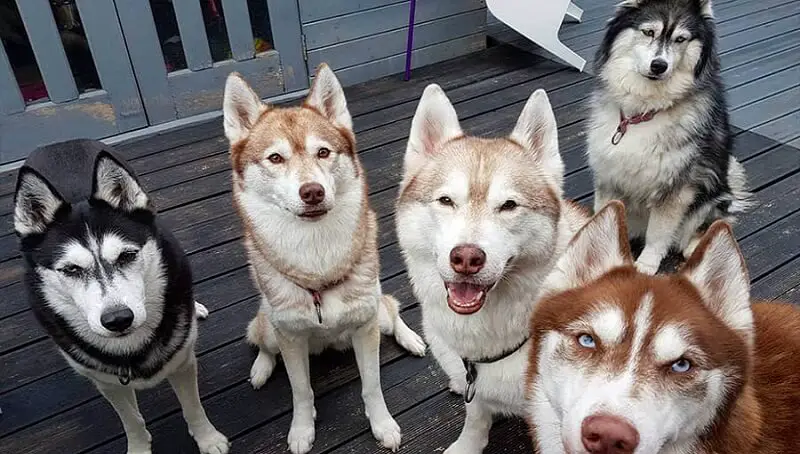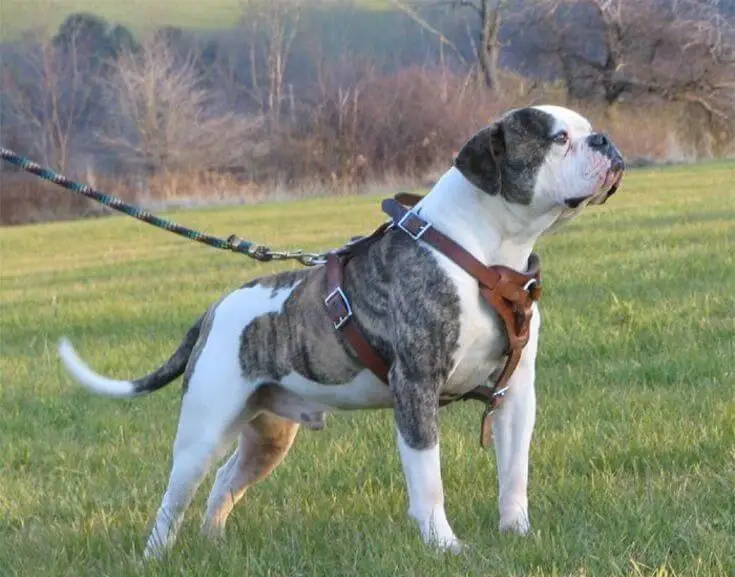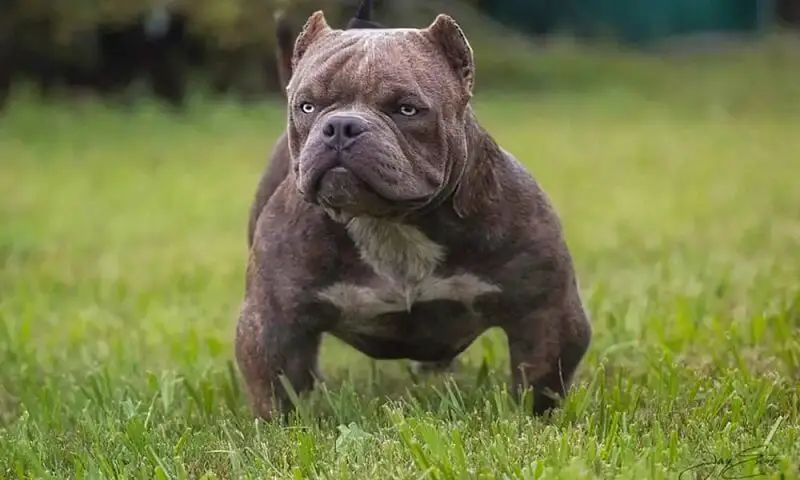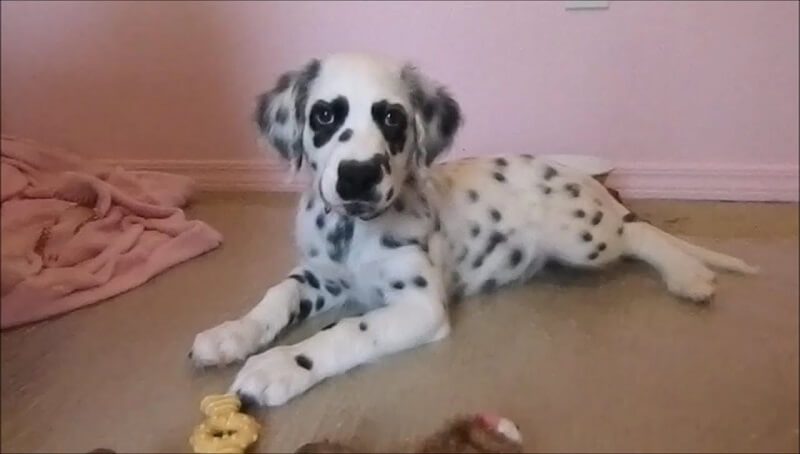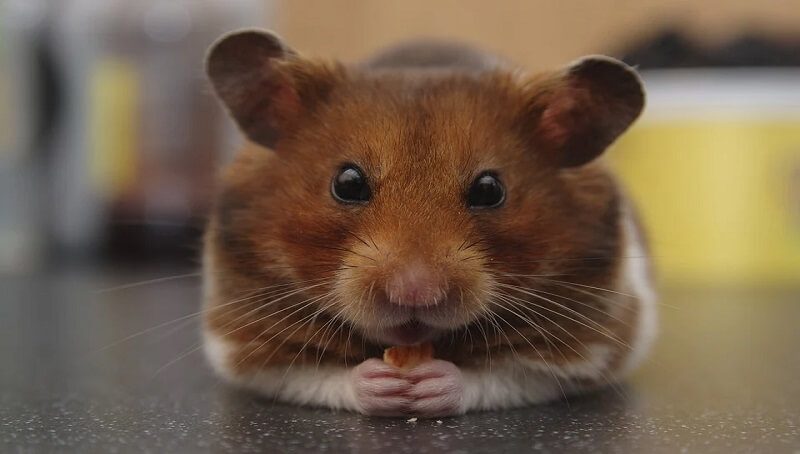Most people only ever saw a white Siberian Husky, even though the type of white might differ, from a wolf-like color made of a combination of white and gray, to the pure white variety.
But how many colors are there and what are their actual names? And in the end, does this really matter?
Knowing the exact type of color and its corresponding name is important not only to brag about it with your friends but also while looking for the perfect dog, to make sure you tell the breeder exactly what you want.
And of course, as some colors do come with their own health problems, just like in the case of other types of dogs, knowing what color you want can help you avoid or prepare for some of those issues.
AKC only recognized some of the color patterns, which can confuse some people even more. According to the AKC Husky breed standard, any color from pure white to black is allowed. The standard also accepts a variety of markings on the head of the pet, which can include a lot of the striking patterns that are not found in other breeds.
The reason for this somewhat vague description given by the AKC when it comes to the Siberian Husky is the fact that this particular breed is quite unique.
So let’s talk more about the common colors and the AKC color code for the Husky:
- Brown Husky
- Black Tan & Husky
- Saddleback Husky
- Piebald Husky
- Sable Husky
- Gray Husky
- Agouti Husky
- Black & White Husky
- Black Husky
- White Siberian Husky
- Red Husky
When it comes to the list of Husky colors accepted in the UK, it is pretty much similar, with the exception that the UK doesn’t accept the first three colors, white, brown, and black tan.
What’s also different in the case of the UK standard is that a few more color variations are also added through specifications.
You might also like my articles about the colors of a purebred Labrador, the Samoyed breed, or the Pomsky mix.
Along with the colors I listed above, there are also other colors, which are basically variations of the piebald, grey, white, and red specimens.
- Grey & White Piebald
- Black & White Piebald
- Red & White Piebald
- Black Grey & White
- Dark Grey & White
- Wolf Grey & White
- Silver Grey & White
- Light Grey & White
- Cream & White
- Dark Red & White
- Red & White
- Light Red & White
It should be clear by now that it will be pretty hard to label your Husky based on its fur color.
Don’t want to read the full article? Listen to a summarized version:
I`ll try to get into a little more detail on each of the colors, what it looks like and how you can distinguish it.
The Red Husky
Red Huskies come in a lot of combinations and tones, from creamy or copper tones to deep red.
The Copper Siberian Husky can be placed at the rich, darker end of the red range, but some dogs can also be light red or cream in color.
There are also people that call this variety “brown” or “chocolate” if it comes in a very rusty red nuance. Sometimes the red can even be indistinguishable from a pure red tone.
The red Husky is quite rare as opposed to other basic colors like white, grey, or black dogs.
Most Red Huskies also have a very cute and interesting pink nose.
The White Siberian Husky
When it comes to the white undercoat, most dog owners will opt for the all-white variety of Siberian Husky.
Other breeds have the pure white variety more commonly available.
You will see a purely white specimen quite rarely, as most of them will have at least some splotches of black or other colors.
The White Husky has amazing long fur that makes it look very similar to the Swiss Shepherd.
The Black Husky
If you were to compare the all-black type of Husky, commonly known as a jet-black Husky, to his lighter-colored cousins, you’d notice it has a more intimidating look.
According to recent studies, there is something called “Big Black Dog Syndrome”.
What’s important is that there is no proven correlation between the color of a dog and its expected temperament, so don’t get discouraged if you end up with a black Husky pup.
The black Husky pup will turn into a very beautiful adult dog that will have no issues caused by its coat color.
Although you’ll find that it’s pretty hard to find a Husky dog that has only the black color appearing on its fur, the gene that causes this color is actually dominant most of the time.
The Black & White Husky
Often enough, the black and white Husky is what you will usually see when looking at cute Husky pictures people post online.
Through time and with age, their color will almost seem to be washing down a bit.
The Agouti Husky
The Agouti Husky will have a somewhat grey color similar to that of wolves and its undercoat will have a dark base. The outer coat, on the other hand, will have a combination of colors, which gives it the agouti name.
The outer coat will also be similar to the base when it comes to the darker color, although the space in between can be a little lighter.
The Gray Husky
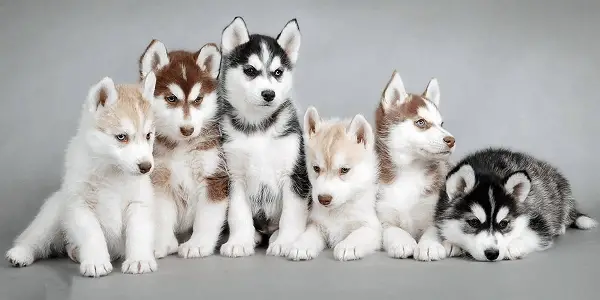 The wolf grey Husky is very similar to the Agouty one when it comes to its color, having quite a few colors between the undercoat and the top coat.
The wolf grey Husky is very similar to the Agouty one when it comes to its color, having quite a few colors between the undercoat and the top coat.
The silver Husky, on the other hand, won’t have this color variety, which will make it silver, almost blue in color.
You won’t find any other colors like the reddish brown, which makes the undercoat mostly white, and not beige.
These two can be seen combined in the case of the grey Husky, a combination that will give it the name dark grey.
The other colors are not as rich, but they can definitely be present.
Most people not only confuse grey Husky varieties between them, but they also confuse a grey Husky with the pure stable or agouti Husky, especially if they can’t see the undercoat coloring.
The Sable Husky
You will notice a reddish undercoat in the case of the stable Husky. It also has black on its tips.
They are very easy to confuse with the red variety due to the coat being white to some degree.
The copper-red color will commonly overlap with different shades of grey.
The Piebald Husky
The piebald Husky will have parts of black around the ears and on its black.
What’s different in the case of this variety is the fact that the black spots will be considerably more pronounced while occupating less space on the Husky’s body as opposed to the black and white variety.
A Piebald Husky is pretty rare and thus more expensive.
The Saddleback Husky
You could call the saddleback more of a pattern than color in the case of a Husky, just like the piebald. It will basically be just the white coat sitting clearly on top of the darker-colored coat.
The Black Tan & White
The Black and tan variety will look more like a mixed breed than a purebred Husky.
For example, a combination of a Husky with a Rottweiler will often lead to a black and tan specimen.
Due to their medium coat length, they will look just like German Shepherds, especially if the tan parts aren’t very pronounced.
The Brown & White
Differentiating between the red or copper and the brown and white varieties of Husky will come down to the degree of brown, which isn’t always easy to do.
The rarest color of Siberian Husky
The pure white Husky is actually the rarest color variety of the Siberian Husky, while the rarest color pattern can be found in the piebald Huskies.
Which Siberian Husky colors should you avoid?
According to the SHCA, which is the Siberian Husky Club of America, you should try to avoid getting a pup coming from the breeding of brindle and merle Huskies, as these are not considered purebred.
The main issue is that the merle color in dogs also comes with some health problems, so even though they look really nice, you should try to stay away from the dogs that come in this color, especially when it comes to Siberian Huskies.
